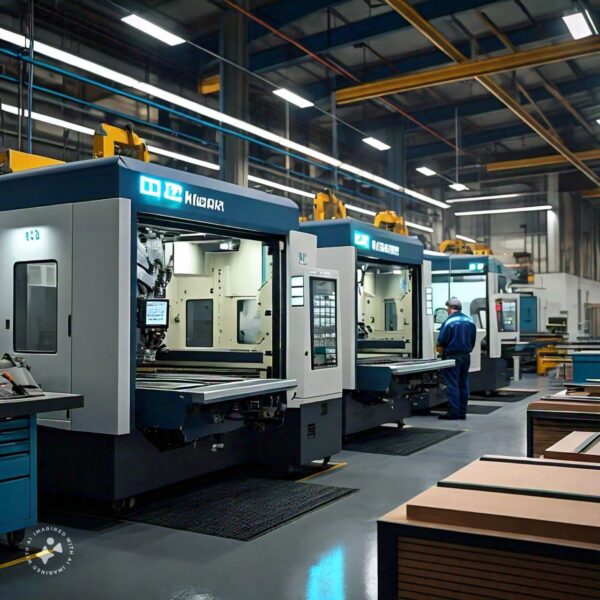
In the world of construction, manufacturing, and infrastructure development, steel remains a fundamental building material. Its strength, durability, and versatility make it indispensable across various industries. Jindal Steel, a prominent player in the steel manufacturing sector, provides a range of products, including steel sheets that are vital components in numerous applications. One key aspect that businesses and consumers alike consider is the price of Jindal steel sheets. In this blog post, we’ll delve into the factors influencing Jindal steel sheet prices, recent trends, and insights into understanding these fluctuations.
Factors Affecting Jindal Steel Sheet Prices
- Raw Material Costs: The price of steel sheets is significantly influenced by the cost of raw materials, primarily iron ore and coal, which are essential for steel production. Fluctuations in global commodity markets can lead to price variations in these raw materials, consequently impacting the cost of steel sheets.
- Demand and Supply Dynamics: Like any commodity, the demand and supply dynamics play a crucial role in determining steel sheet prices. Rapid urbanization, infrastructure projects, and industrial development can drive up demand, leading to higher prices. Conversely, periods of economic slowdown or oversupply in the market can result in price corrections.
- Production Costs: Operational expenses, such as energy costs, labor wages, and transportation expenses, contribute to the overall production cost of steel sheets. Efficiency improvements, technological advancements, and economies of scale can help mitigate these costs, influencing the final price of the product.
- Government Policies and Regulations: Government policies, including tariffs, trade agreements, environmental regulations, and subsidies, can impact the steel industry’s cost structure and pricing dynamics. Changes in these policies can lead to fluctuations in steel sheet prices.
- Market Competition: The presence of competitors within the steel industry can exert pressure on prices. Competing steel manufacturers may offer competitive pricing strategies or promotional discounts to gain market share, influencing Jindal steel sheet prices.
Also Read: Elbow vs. Bend: Understanding the Difference in Piping
Recent Trends in Jindal Steel Sheet Prices
Over the past few years, Jindal steel sheet prices have witnessed several notable trends:
- Volatility: Steel markets are susceptible to volatility due to various macroeconomic factors, geopolitical tensions, and industry-specific developments. Fluctuations in Jindal steel sheet prices have been observed in response to these dynamic market conditions.
- Global Economic Trends: Economic cycles, such as periods of expansion, recession, or recovery, can impact steel demand and, consequently, prices. Global events, such as the COVID-19 pandemic, have also had significant implications for steel markets, leading to demand shocks and price fluctuations.
- Trade Policies: Trade tensions between major economies, such as the United States, China, and the European Union, have led to trade disruptions and tariff impositions, affecting the flow of steel products and influencing prices.
- Infrastructure Investments: Government initiatives and infrastructure development projects can stimulate demand for steel products, including steel sheets. Countries embarking on large-scale infrastructure projects often witness increased steel consumption, which can drive prices upwards.
Insights into Understanding Jindal Steel Sheet Prices
- Monitor Market Trends: Keeping abreast of market trends, industry news, and economic indicators can provide valuable insights into potential price movements. Regularly tracking steel price indices and forecasts can help businesses make informed decisions regarding procurement and inventory management.
- Diversification and Risk Management: Given the inherent volatility in steel markets, businesses may consider diversifying their supplier base and implementing risk management strategies to mitigate price risks. Establishing long-term partnerships with reliable suppliers, such as Jindal Steel, can offer stability amidst market fluctuations.
- Cost Optimization: Identifying opportunities for cost optimization within the supply chain, such as streamlining processes, reducing wastage, and optimizing logistics, can contribute to overall cost savings and mitigate the impact of price fluctuations on Jindal steel sheet procurement.
- Engage with Industry Experts: Collaborating with industry experts, consultants, and analysts can provide valuable insights into market dynamics, pricing trends, and regulatory developments. Engaging in dialogue with stakeholders across the steel value chain can enhance understanding and facilitate strategic decision-making.
In conclusion, understanding Jindal steel sheet prices requires a comprehensive analysis of various factors, including raw material costs, demand-supply dynamics, market trends, and regulatory influences. By staying informed, adopting proactive strategies, and leveraging industry insights, businesses can navigate the complexities of steel markets and optimize their procurement processes effectively. As a leading player in the steel industry, Jindal Steel continues to play a pivotal role in shaping the landscape of steel sheet prices, offering quality products and innovative solutions to meet the evolving needs of its customers.











